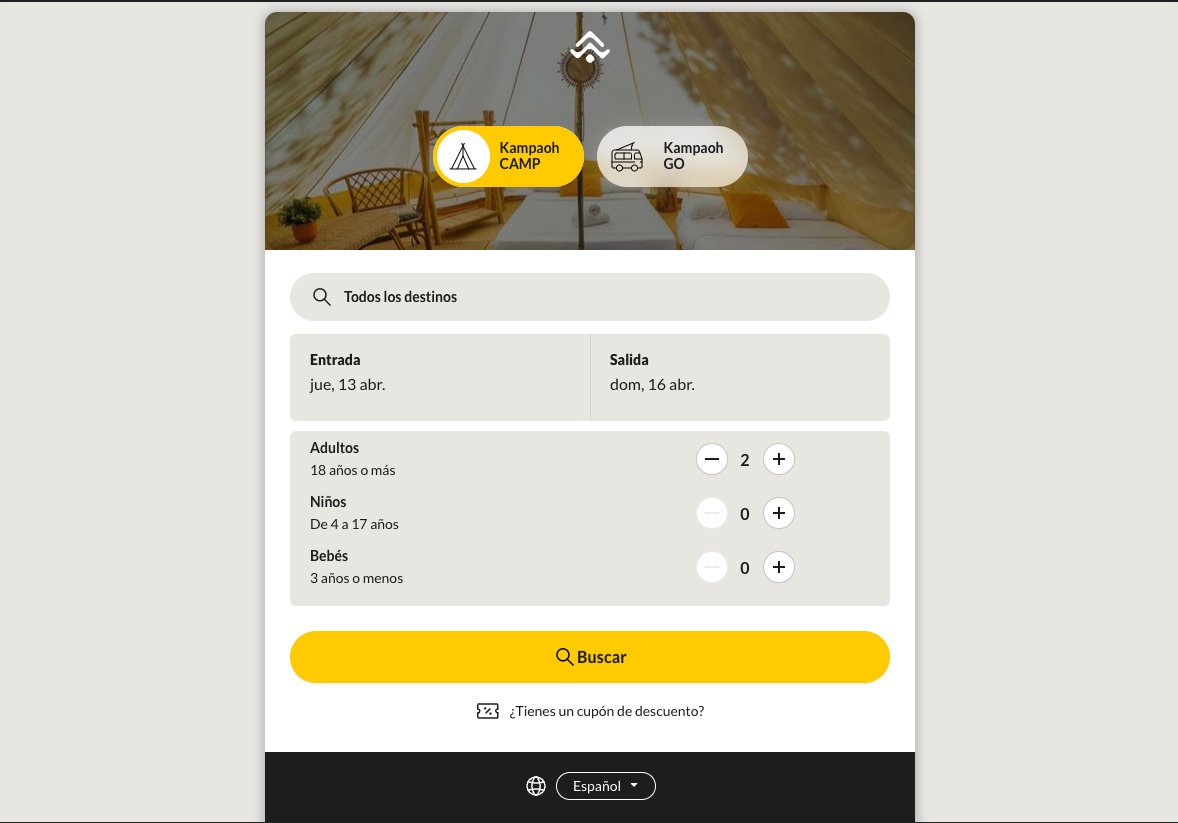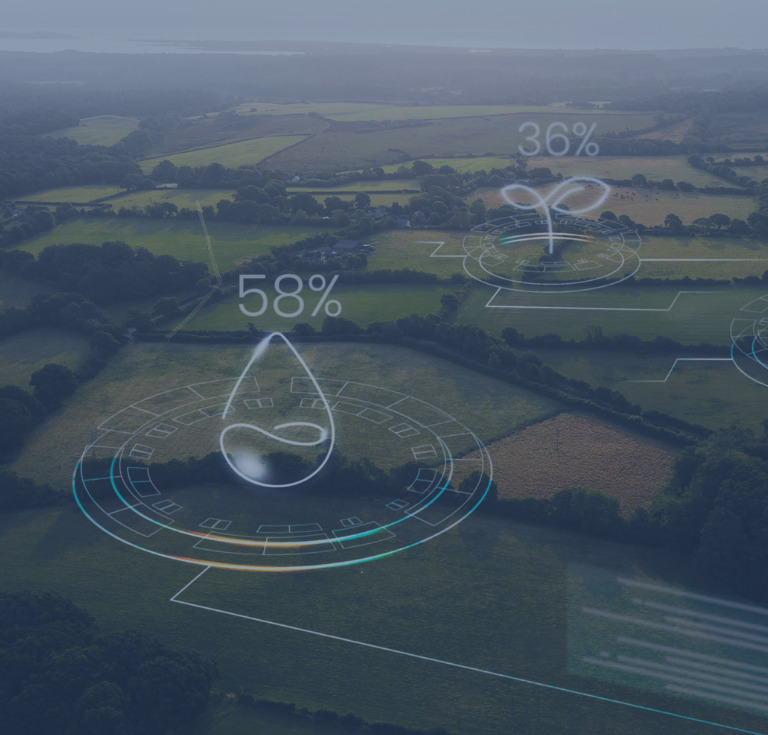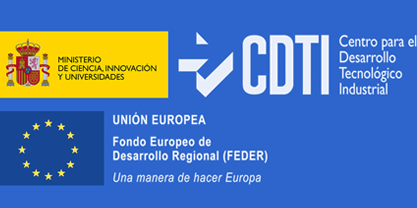Kampaoh, custom booking engine to boost sales
Kampaoh is the glamorous camping booking system. It provides its customers with the comfort of a hotel in a tent. They had a reservation engine for their customers that wasn’t converting as expected, so they decided to have us develop a custom one and integrate it with the rest of their systems.
Data project
CLIENT
KAMPAOH
SECTOR
Software develop
GEOGRAPHY
National
YEAR
2019
The concept
Kampaoh had a general information website, and their brand was starting to gain recognition while they were meeting their growth plans. However, they faced an issue with the reservation engine provided by their solution provider for managing available tents, bookings, payments, etc. Although they had a clear vision of how their own reservation engine should be designed to boost sales, they lacked the implementation know-how.
Secmotic proposed developing a custom solution from scratch with a focus on the following objectives:
- Fast loading
- Full customization to leverage their designs
- Compatibility with all browsers
- Mobile-first
- Robust
- Scalable
Thus, we decided to use ReactJS to create and deploy a reservation engine that would empower Kampaoh’s team to convert more on their website.
What were the most significant challenges?
This development presented a challenge not only in meeting the set objectives but also in the critical task of minimizing errors in the solution. If the reservation engine fails or crashes, Kampaoh stops selling, highlighting the sensitivity to errors in such a system.
To minimize risks, we followed the standard practice of working with two environments: Development and Production. All changes were pushed to the development environment, tested, and analyzed for proper functionality. However, we faced a limitation because the reservation management back office of their provider lacked a test environment, restricting the aspects we could review. To enhance the experience further, we implemented a traffic load balancer that directed 95% of the traffic to the stable version of the website and 5% to a more updated version. This allowed us to test and validate changes and new features with real users while minimizing risks.
This approach enabled us to have two websites simultaneously running within the production environment (canary and stable) to verify the proper functioning of the new changes.

How does it work?
The system is based on three basic microservices: the web application for users, a back office for marketing personnel, and a server responsible for security and payment management.
The ReactJS-based web application allows users to navigate through it and easily book the tent that best suits their needs in a few clicks.
The back office, built using Strapi, aims to empower Kampaoh’s marketing team to modify descriptions, images, or tent data, reflecting these changes on the web without altering the web application. The information is dynamically loaded on the website.
The custom-developed server handles all security-related tasks, payment management, interaction with the reservation management solution provider’s server, authentication, and more.
What objectives were achieved?
- Develop a web application based on Kampaoh’s team designs
- Provide the marketing team with a visual tool to manage reservation engine content
- Develop a robust and fault-resistant system
- Achieve all initially set goals for the web application
- Increase Kampaoh’s sales and conversion rate
- Enhance Kampaoh’s technology for their continued success
Download this project in PDF
In the following download button:
Other projects of interest

DTN and its process of digital transformation

Smart Trucks, fire fleet management

Secmotic participes in the AgrarIA project
Get Smart

Calle Factores 2, 41015 Seville
Phone: +34 618 72 13 58
Email: info@secmotic.com
INNOVATION HUB



